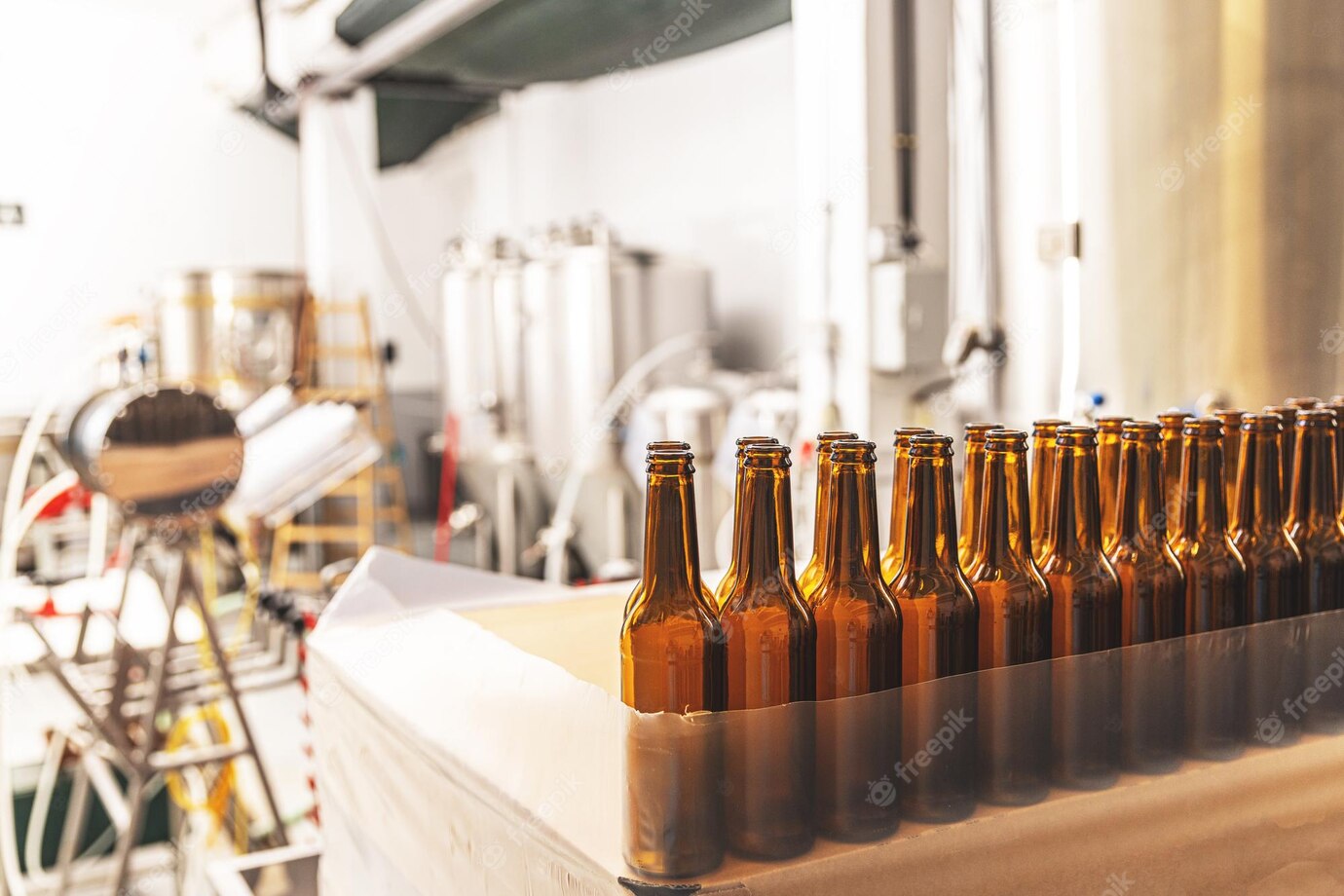Brew Your Own Beer at Home! Learn Valuable Tips & Tricks on How to Get Started!
Making your own beer can be an intimidating process to take on – but with the right tools, equipment, and knowledge it is easy and fun! Our article, Making Your Own Home Brew Kit: Tips and Tricks will take you step-by-step through the process of making your own beer kit. We have broken down the essentials, such as the components needed, and can help you choose the right ingredients and assembly process to create a home brew like a professional. So grab a beer, read up, and get ready to make delicious beer at home!
Making Your Own Home Brew Kit: Tips and Tricks
Are you considering making your own home brew kit? Making your own homebrew is an exciting and rewarding process that can create personalised beers and ales. With a few tips, tricks, and patience you can easily create your own delicious and flavoursome beers.
Let’s take a look at some tips and tricks for making your own home brew kit that you can enjoy with friends and family.
Choose the right ingredients
First things first, you need to make sure that you have all the right ingredients. It is important to choose the right kind of ingredients if you want your beer to be delicious and flavoursome. There are many different recipes available online that can help you to choose the proper ingredients for your brew. Here are some of the most popular ingredients used in home brewing:
- Malt extract – This is the most popular ingredient for home brewing and is the main fermentable ingredient in beer. Malt extract comes in a few different varieties, such as light, amber, dark, and wheat.
- Yeast – Choosing the right yeast is important in creating the desired flavour and finish of your homebrew. Different types of yeasts offer different flavours, from fruity belgian yeasts to sharp english yeasts.
- Hops – Hops add bitterness and aroma to your beer. Different varieties of hops offer different flavour and aroma profiles, such as floral, citrus, earthy, and piney.
- Adjuncts – The type of adjunct added to beer can also give your homebrew unique characteristics. Popular adjuncts used in home brewing are corn sugar, rice, and honey.
Set up a sanitary work area
Having a clean and sanitary work environment is one of the most important keys to successful home brewing. If unsanitary practices are used then you risk introducing bacteria, wild yeast, and other contaminants into your beer which can ruin the flavour and aroma of your homebrew.
Here are a few tips for setting up a sanitary work environment:
- Make sure all your equipment is properly cleaned and sanitised before use.
- Wash surfaces and tools with a mild soap and water solution and sanitise with a sanitiser like sodium or potassium metabisulphite.
- Avoid using sponges or cloths as these are hard to clean and may harbour bacteria.
- Only use clean, fresh ingredients and make sure to discard any expired ingredients.
- Make sure to wear clean clothes and gloves when brewing.
Create a brew schedule
Creating a brew schedule can help you to keep track of the process and ensure that everything is done in the correct order. Different recipes will have different brewing steps and processes, so it is important to make sure that you have a plan for each step. Here is an example of a basic brew schedule:
- Prepare yeast starter and transfer to fermenting vessel.
- Mix all ingredients together in a pot and bring to a boil.
- Allow the mixture to boil for the desired amount of time.
- Cool down your mixture and transfer to a fermenting vessel.
- Add the yeast and seal the fermenting vessel.
- Store the fermenting vessel in a dark and cool place for the desired amount of time.
- Transfer to a bottling vessel and bottle.
- Store the bottled beer for at least two weeks before serving.
Monitor the process
Monitoring is an important part of home brewing. It is important to regularly check to make sure the fermentation process is going smoothly. Taking gravity readings and tasting samples of your beer is a good way to monitor the progress of your beer. By regularly checking on your beer you can catch any problems before they become too serious.
Conditioning and Bottling
Once your beer has completed fermentation, it is time to move on to the conditioning and bottling process. This is when

